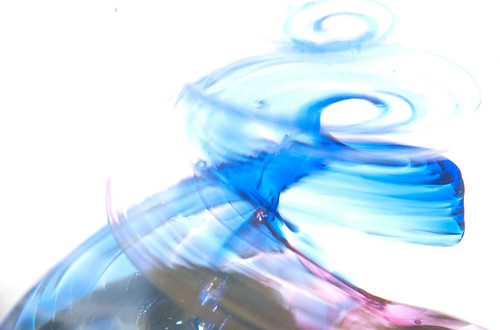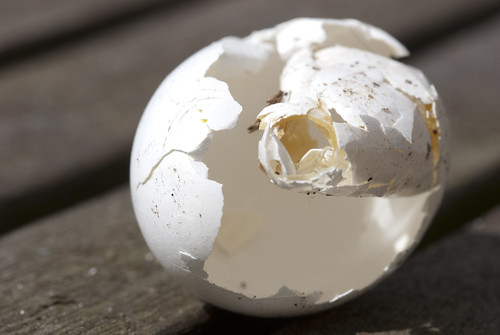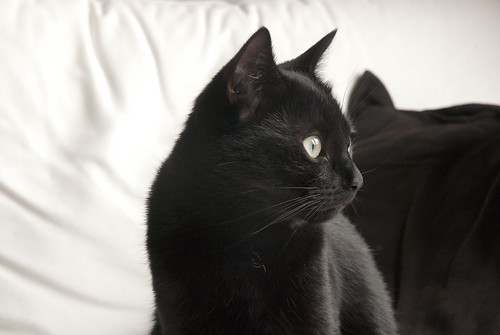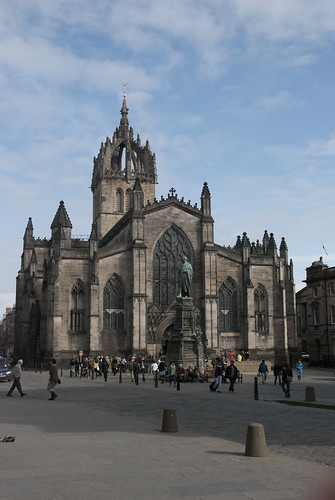When: Various times of the day in varying lighting conditions
How: First of all the exercise asked for between four and six photographs which were deliberately lighter or darker than average and say why the photographs were chosen.
The second part of the exercise was to take five or six different photographs of any subject by for each photograph make five exposures arranged around what is the best exposure. The first should be one stop darker, the second half a stop darker, the third the average exposure, the fourth one stop lighter and the fifth one stop lighter.
I expected at the start of this exercise that I would find one or two of the exposures to be the preferred exposure of the set. One of the first things I had to do was set my camera up so that I could adjust the exposure by one half stop and one full stop at a simple movement, as the camera had been set up to bracket and one third of a stop.
Deliberately Lighter or Darker
While I was setting up a bracketed shoot I started to examine the light on this glass globe. I really wanted to capture the way that the light was just passing through it and how bright the colours were within the globe; I deliberately made this photograph lighter by making it two stops lighter than the measured exposure.
D80,Aperture f/8, Shutter Speed 1/750 sec, ISO 1250, 105mm (35mm equivalent 157mm), Pattern Metering Mode, Auto White Balance, Tripod Mounted, 105mm lens, light from the left and of the camera.

As I was looking around for objects to photograph I came across this smashed egg. It was from a pigeon nest which had been raided by a magpie and the egg smashed for food. I just liked the gentle shape of the egg and the colour of it as it had been sitting there for a few days and was being bleached by the sun. I set the exposure to be one half of a stop lighter than the measured exposure
D80,Aperture f/16, Shutter Speed 1/350 sec, ISO 320, 105mm (35mm equivalent 157mm), Pattern Metering Mode, Auto White Balance, Tripod Mounted, 105mm lens, Light high in the sky and almost directly above the camera.

It was while looking up at the roof that I started to think about the light and the colour of the lampshade. I then deliberately set the camera to be one stop lighter as I did not want the roof to be too washed out and insolate the lamp completely.
D80,Aperture f/4, Shutter Speed 1/250 sec, ISO 800, 105mm (35mm equivalent 157mm), Pattern Metering Mode, Auto White Balance, Hand Held, 105mm lens.

I wanted to take at least one darker exposure and settled on trying to photograph Louis where I could get one image of him where the darker than measured exposure would be suitable and would be what I wanted. In this case I really wanted to get his dark colour but at the same time capture the texture of his fur as well being able to define him against a background where he would not merge into a black blob.
D80,Aperture f/10, Shutter Speed 1/20 sec, ISO 1000, 70mm (35mm equivalent 105mm), Pattern Metering Mode, Auto White Balance, Tripod Mounted, 18-70mm lens, Light from the right of the camera.

While I was out in Edinburgh I stopped and took this image of St, Giles. I wanted to capture the sky as well as the building so I deliberately went for one stop darker than the measured exposure.
D80,Aperture f/10, Shutter Speed 1/800 sec, ISO 500, 27mm (35mm equivalent 40mm), Pattern Metering Mode, Daylight White Balance, Hand Held, 18-70mm lens.

Bracketing.
In each of the following set of images, they have been arranged with the one stop darker on the far left and then arranged in the set leading to the one stop lighter at the far right, with the average measured exposure in the middle
Smokey
I wanted to see what would happen to a mid grey when it was bracketed. In this case I used Smokey who is a mid value of grey (around 6 or 7 on the grey scale) I was surpised to find that I liked the one half stop lighter image as it defined his head better against the deep black and the white was not too blown out.

Still Life
I arranged this collection of objects outside as I wanted to see what would happen to the shiny metal object against the white egg and the sisal cat toy. I also wanted to see what would happen to the secondary colour of green when it was bracketed.

In the end I like the one half stop darker exposure as none of the objects neither are too dark nor are the whites blown out and over defined.
Sword Hilt
Here I placed the sword hilt in the direct line of sunlight and measured against the upper part of the hilt. After examining the final selection I prefer the measured exposure as it balances out the dark and light elements together.

Black Bag
Again I placed this roll of black bags into direct sunlight and shot the bracket selection of images. I really wanted to see what a dark object would behave like in direct sunlight and then bracketed, as I expected it to be poorly defined up into the one half stop lighter exposure. I was really surprised to see how quickly the bags lost their total black definition and you could see the separate parts of the roll, however the only exposure that I like is the one stop darker exposure as I feel that it is the definitive exposure for this object.

Yellow and Red
As I was finishing up I looked over at this cable and decided that I wanted to see what happens to the primary colours when bracketed. I was wondering if the colours all differed by the same degree of brightness in each exposure or if the brightness would change individually.

Again I like the one half stop darker exposure as I think it defines the colours of the cable at that moment in time.
This exercise has taught me that I should also think about perhaps either bracketing an exposure so that I can compensate for difficult situations where the measurement of the exposure by the camera may cause a problem. It has also taught me to think about using over and under exposure to create a feeling within an image, by either using high key or low key exposures or slightly adjusting the exposure to create a slightly darker or lighter image .
No comments:
Post a Comment